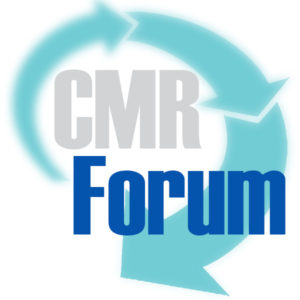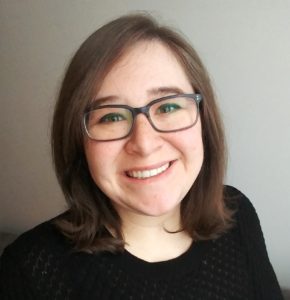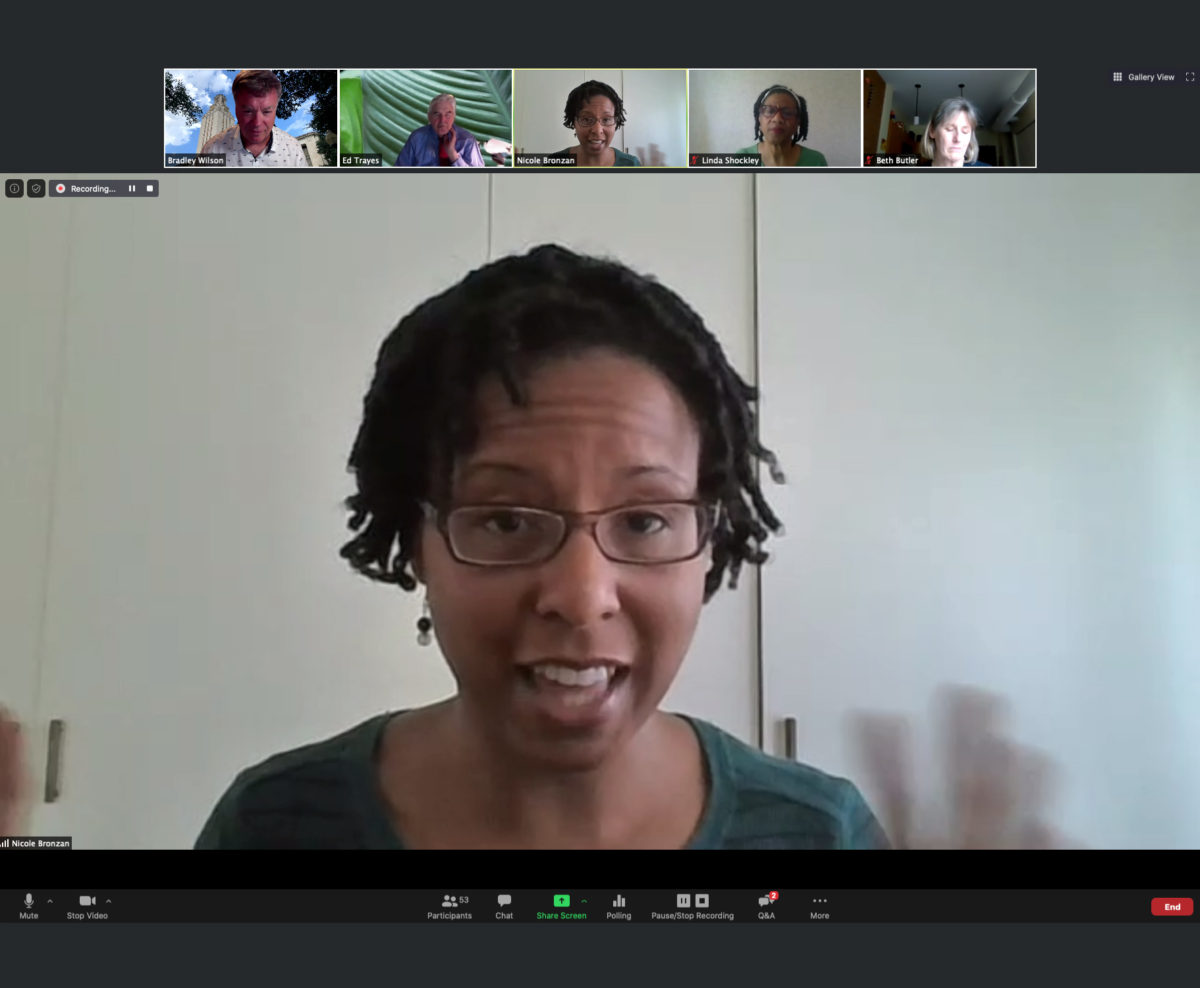 Using a health equity lens to cover COVID-19 in minority communities
Using a health equity lens to cover COVID-19 in minority communities
By Lyndsey Brennan
Kent State University
For the media to cover the effect of the coronavirus on minority communities in a way that is just, journalists must frame stories using a health equity lens, said Nicole Bronzan, senior communications officer at the Robert Wood Johnson Foundation. Bronzan addressed about 60 Dow Jones News Fund interns and their supervisors in a May 27 webinar.
 Bronzan, who worked as an editor at The New York Times before directing communications for nonprofit organizations, said reporters should apply two major principles when covering these communities:
Bronzan, who worked as an editor at The New York Times before directing communications for nonprofit organizations, said reporters should apply two major principles when covering these communities:
First, journalists should focus on the reasons situations aren’t equitable. “You have to start [the story] with the problem because people don’t always know about it,” Bronzan said. “But don’t stay there. Don’t let that be all the story is about.”
If journalists are reporting a statistic that says black people are three times more likely to die from COVID-19 than white people, they should dig into the underlying causes—such as access to affordable and stable housing and good jobs with fair pay—that led to that disparity in health.
Bronzan also encouraged journalists to research the history of the communities they’re writing about for context. Journalists should consider what systemic injustices impacted that community (for instance, housing discrimination and redlining) and how the effects of those injustices linger today.
“It’s not just a story [of how] one community ranked higher than another community. It’s the story of why,” Bronzan said.
Second, journalists should shift the conversation from problems to solutions. “We need to move away from ‘if it bleeds, it leads,’” she said, “and talk about the work being done and the progress being made.”
Bronzan said journalists covering the coronavirus pandemic may be tempted to emphasize the problems it has created, but they shouldn’t dwell there. “People want to feel like there’s hope,” she said, and reading about people who are addressing problems and bringing out the best in their communities can generate that hope.
Bronzan recommended a ProPublica article — “Two Coasts. One Virus. How New York Suffered Nearly 10 Times the Number of Deaths as California” — as an example of excellent writing using a health equity lens. It answers the questions 1) Who is most affected and why? 2) Are their voices being heard? and 3) How can we highlight not just problems but solutions?
Christine Bartruff, a junior in journalism at the University of South Carolina who attended the seminar, said Bronzan helped her understand how factors that seem unrelated to health can have a huge impact on life expectancy.
“It’s so important as journalists to be able to connect those dots,” Bartruff said. “There is a context you can add to any story if you just look hard enough.”
Bronzan encouraged those in editing positions to speak up if a story could be reframed in a more equitable way. She suggested approaching a writer with the attitude that everyone is on the same team. Saying “this is how it came across to me, and I think there’s a better way” will get better results than acting indignant, she said.
“There is a way to say anything you need to say in a civil and also a kind way.”
WATCH the webinar.

Lyndsey Brennan is a student in the master’s of journalism program at Kent State University in Ohio. Before returning to school, she worked eight years in public and school libraries in the U.S. and Honduras. This summer, she is working as a copy desk intern with the Richmond Times-Dispatch by way of the Dow Jones News Fund.

